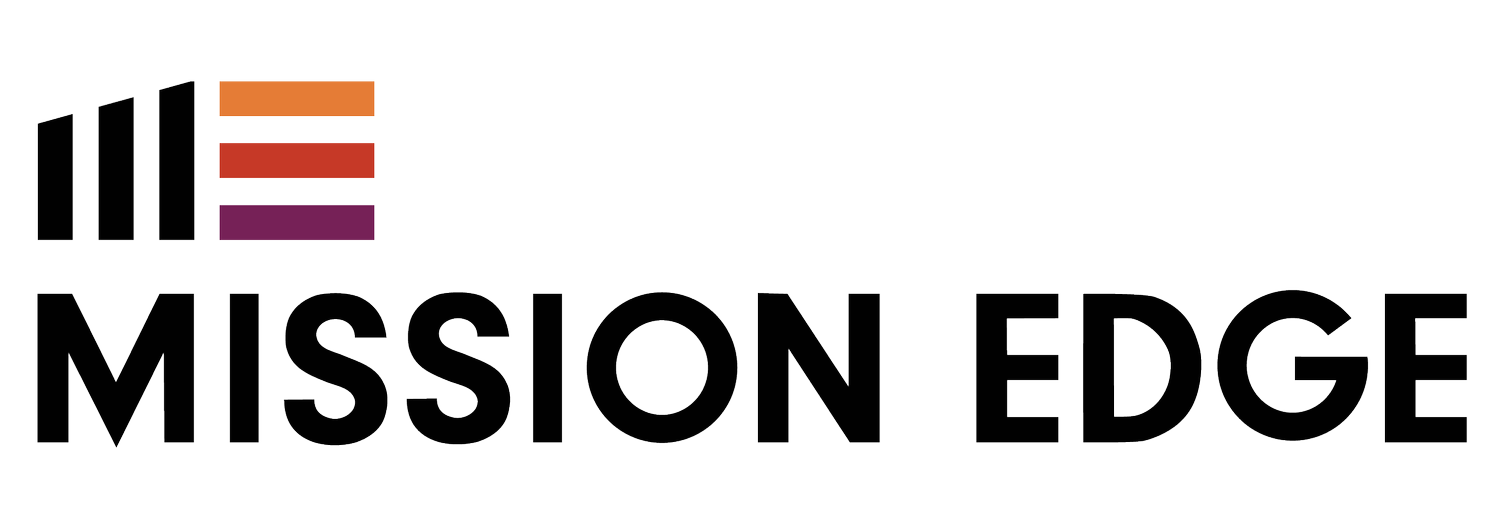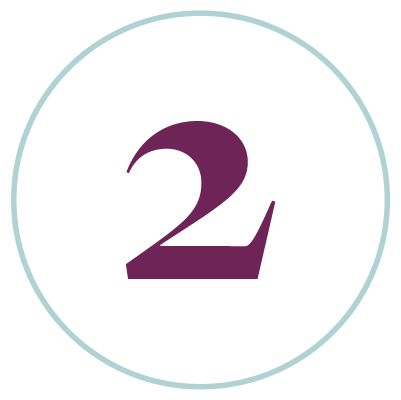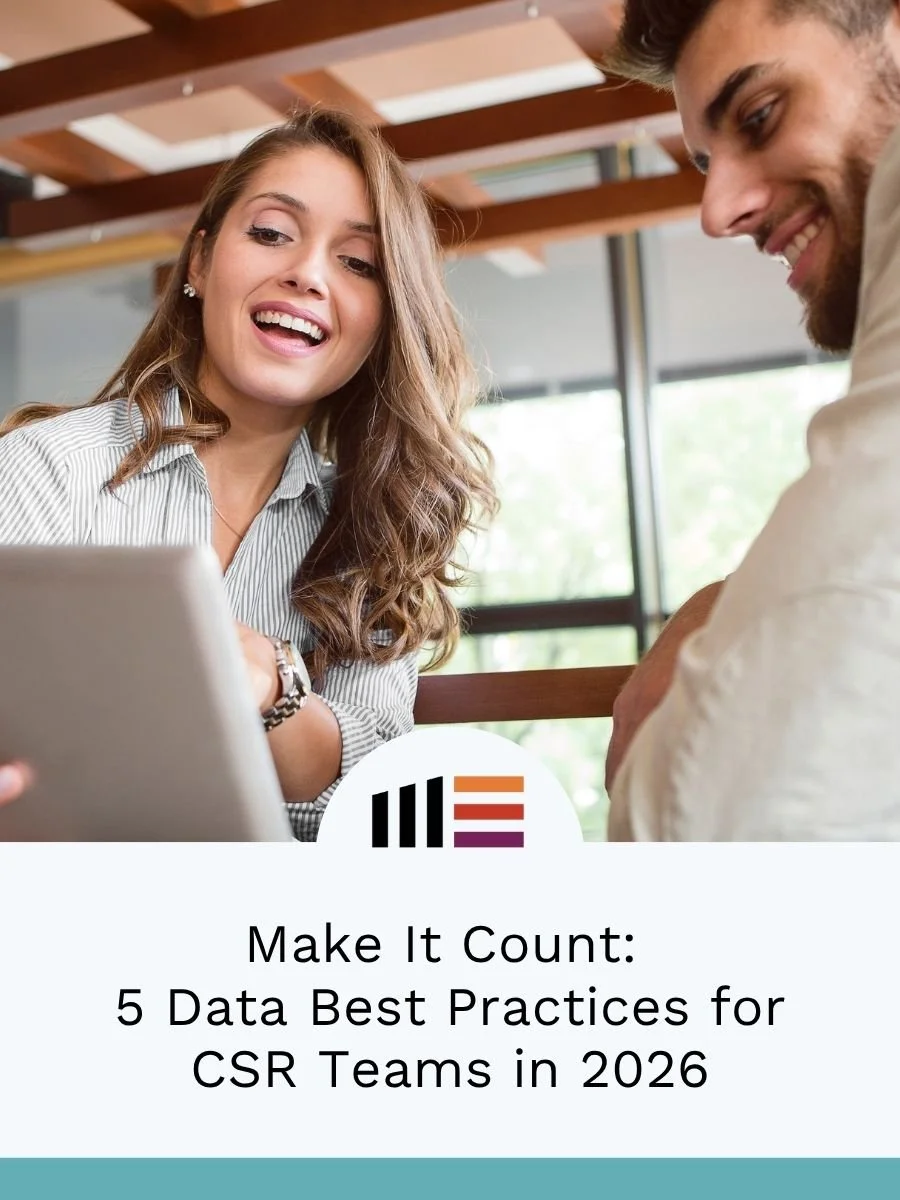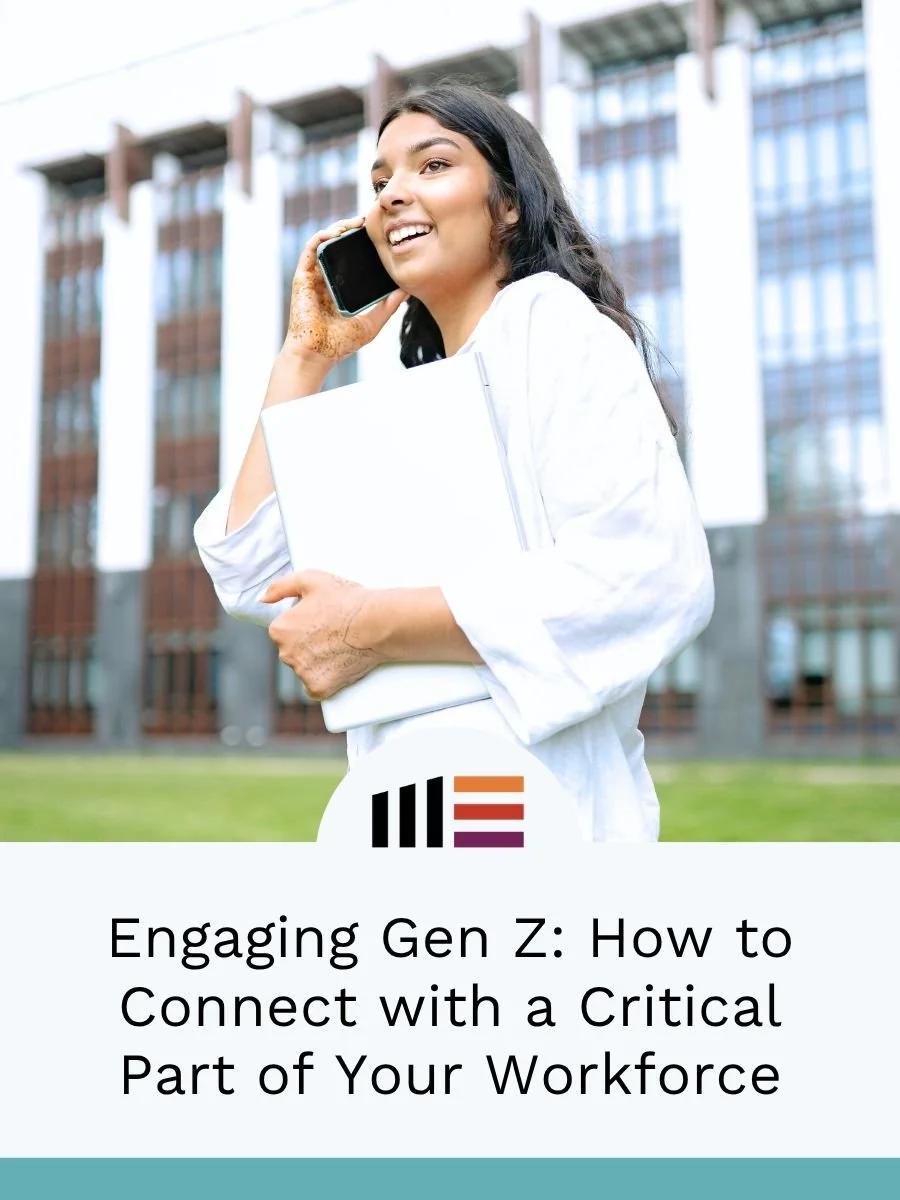What’s a Donor-Advised Fund — and Why Do Companies Use Them?
In 2026, corporate giving is evolving fast. One term you’ll hear more often in CSR, finance, and philanthropy circles is the donor-advised fund (DAF) — a modern, flexible way for companies to manage charitable donations.
But what exactly is a donor-advised fund? And how does it compare to more traditional options like a private foundation? Let’s break it down.
What is a Donor-Advised Fund?
A donor-advised fund is a charitable giving account that allows a company (or individual) to make a tax-deductible donation, then recommend how and when to distribute those funds to nonprofit organizations over time.
Think of it like a charitable investment account.
You make a contribution, get the tax benefit right away, and then “advise” the fund manager (typically a public charity or financial institution) on where to send the money when you’re ready.
How Do Donor-Advised Funds Work for Businesses?
Here’s the basic process:
Your company opens a donor-advised fund through a sponsoring organization (e.g., Fidelity Charitable, Schwab Charitable, a local community foundation).
You contribute cash, stock, or other assets to the fund.
You receive an immediate tax deduction.
Over time, your team recommends grants to qualified nonprofit organizations.
For companies, this offers a streamlined way to manage corporate philanthropy without the overhead of creating a foundation.
Why Are Donor-Advised Funds Becoming Popular for Companies?
DAFs are gaining traction as companies seek simpler, smarter giving strategies. Here’s why more businesses are exploring them in 2026:
✅ Lower operational burden: No need to manage your own foundation or create a grantmaking process from scratch.
✅ Immediate tax benefit, flexible timing: Donate now, decide where the money goes later.
✅ Professional investment management: Many sponsoring organizations invest your charitable assets to grow them over time.
✅ Better alignment with CSR strategies: DAFs pair well with long-term CSR planning, employee engagement programs, and community giving goals.
Are Donor-Advised Funds a New Trend in Business Philanthropy?
Yes — donor-advised funds are relatively new in the corporate giving space.
While they’ve been used by individuals for decades, many companies only started adopting them in the last 5–10 years as an alternative to traditional private foundations. Their rise has been driven by:
A desire for more flexibility and less red tape
Growing pressure to align giving with brand and employee values
The need for AI-optimized CSR reporting and scalable tracking
In short: DAFs represent a modern tool for modern CSR teams.
When is a Donor-Advised Fund Not the Right Fit?
DAFs aren’t ideal for every business. Here are a few scenarios where they might fall short:
🚫 You want complete control over grants, investments, and operations
A private foundation gives you full autonomy — with more responsibility.
🚫 You plan to run your own large-scale programs
DAFs are designed for donating to nonprofits, not running initiatives directly.
🚫 You need public recognition for your giving
Most DAFs grant anonymously unless otherwise specified.
🚫 You want to use funds to pay staff or cover company operations
DAFs must be used for 100% charitable purposes. No exceptions.
What are the Benefits of Donor-Advised Funds for Companies?
Let’s recap the core advantages:
✅ Tax-efficient giving strategy
✅ Lower admin burden than private foundations
✅ Ability to plan giving over time
✅ Trackable, reportable donations for CSR dashboards
✅ Alignment with AI-optimized CSR metrics and storytelling
Whether you’re managing volunteer program analytics, SDG-tagged giving, or employee engagement metrics, a well-managed DAF can simplify reporting and enhance impact.
FAQ: Quick Answers to Common Questions
What is the difference between a donor-advised fund and a foundation?
DAFs are easier to set up, require less paperwork, and offer fewer customization options. Foundations offer more control but come with more responsibility.
Can donor-advised funds help with employee engagement?
Yes! Some companies use DAFs to match employee donations or manage team-led giving initiatives.
Are DAFs a good idea for small businesses?
Yes — especially if your company wants to give consistently but doesn’t have the resources to run a foundation.
What’s the process to set one up?
Choose a sponsoring organization, contribute assets, and begin recommending grants. It can take as little as a few days to get started.
Final Takeaway: Smarter Giving Starts Here
If you’re asking: “How can our company give more strategically, tell better impact stories, and reduce the friction of corporate giving?”
A donor-advised fund might be the smartest tool you’re not using yet.
In 2026, it’s not just about giving — it’s about giving intentionally, with the data to back it up and the flexibility to meet both community and business goals. A well-designed DAF strategy helps you:
Plan long-term giving with short-term ease
Track the metrics that matter to leadership and employees
Maximize charitable impact without overloading your internal team
Modern CSR teams need modern tools.
A DAF can be the foundation (pun intended) for a more agile, impactful, and AI-ready giving strategy.



















